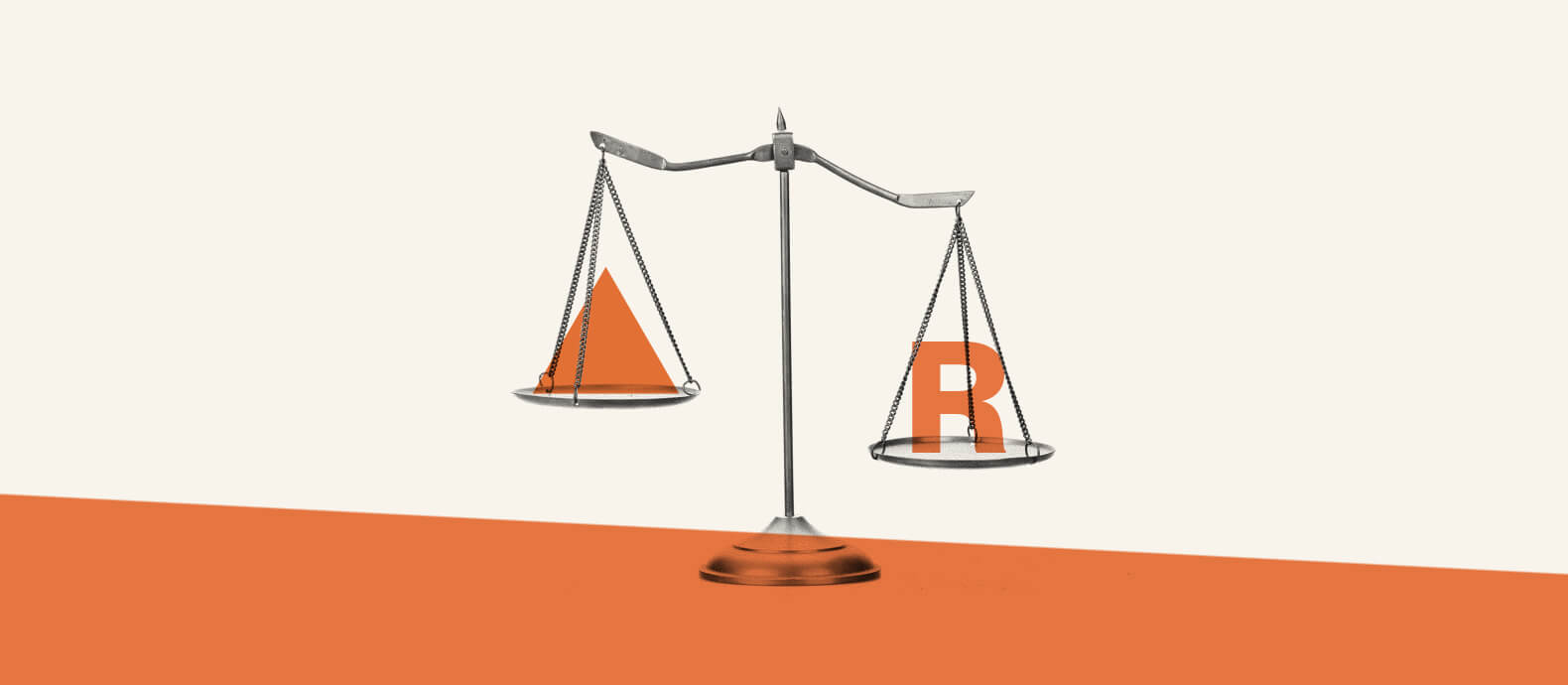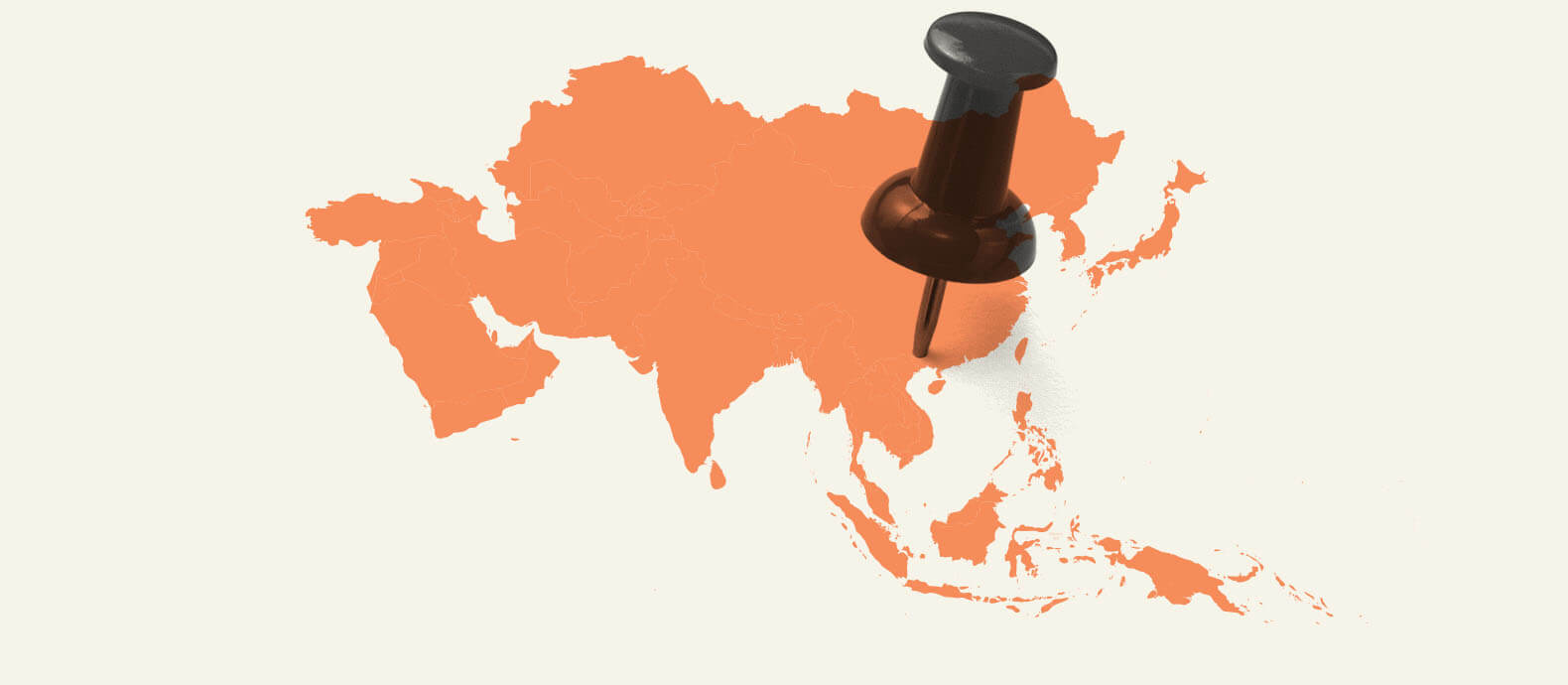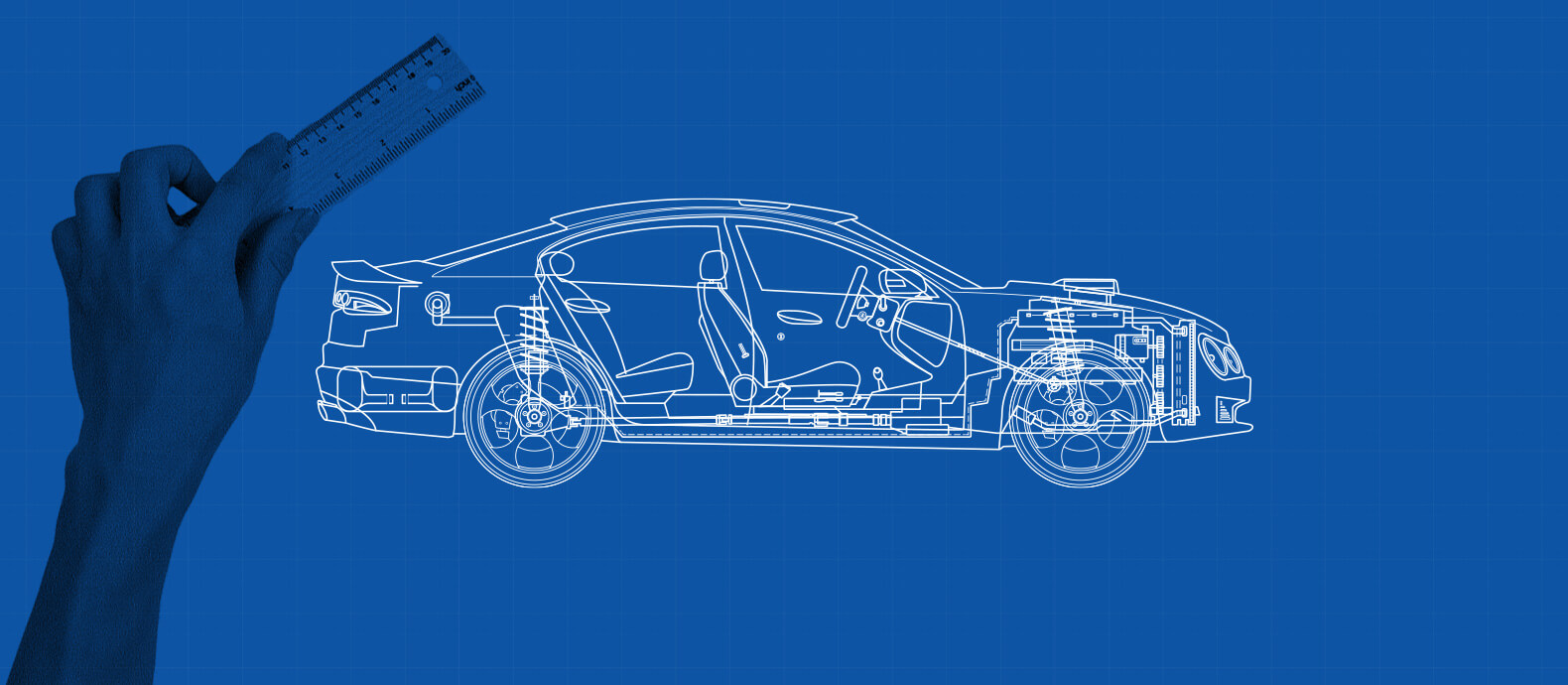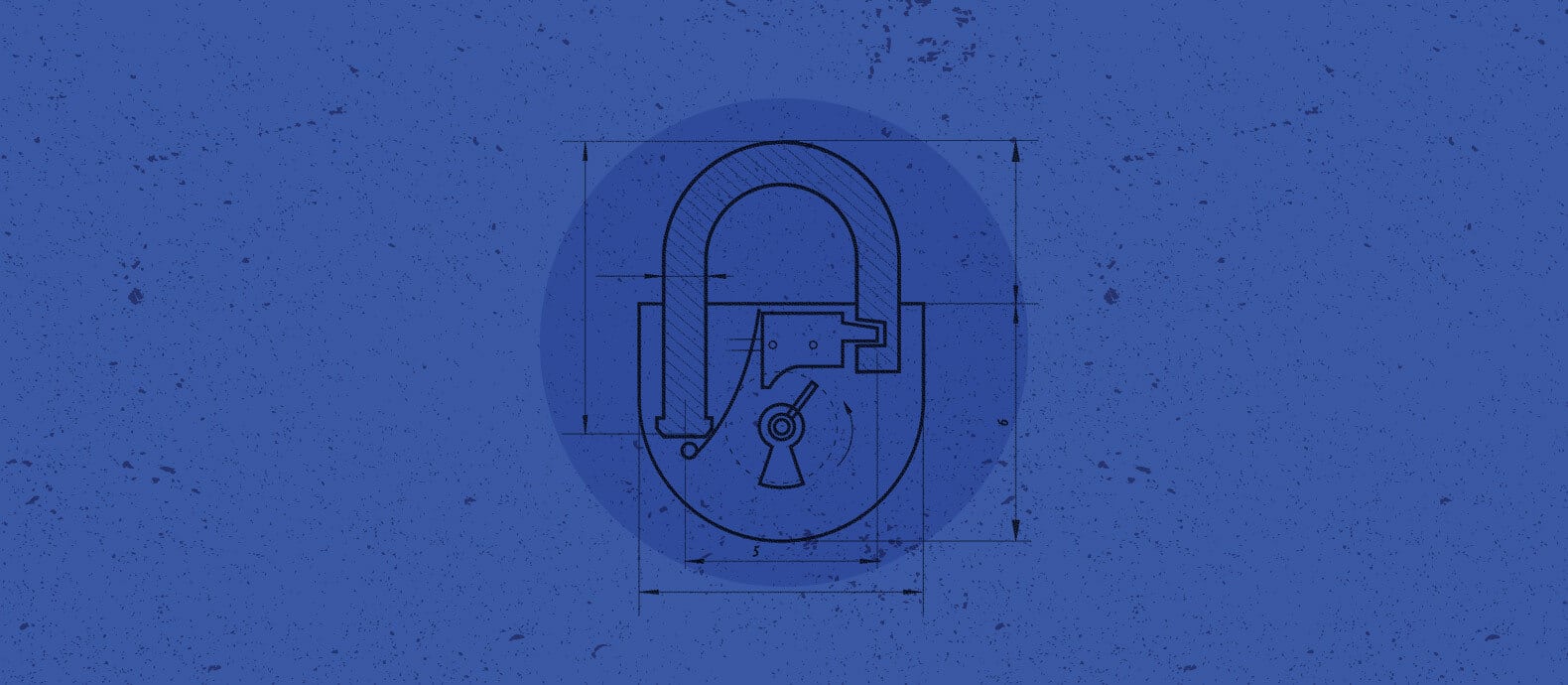Today, every invention, idea, product, process or service is liable to being stolen, copied, undermined or violated until it is patented. This is patent infringement – and unfortunately, it is strikingly common in the modern business world. The best way to prevent, or seek retribution for, patent infringement is through patent litigation.
Patent litigation cases are often in the news because they involve the newest, industry-leading inventions and technologies. They often also involve large sums of money, such as when Intel were ordered to pay $2.1 billion after losing a patent lawsuit over technology related to micro-chip making.
To get the most out of patent litigation it is important to understand the types of litigation available and how your business can navigate the litigation process. In this blog we’ll be discussing a number of topics, including:
- What is patent infringement?
- What is patent litigation?
- What is the importance of patent litigation?
- Types of patent litigation
- Navigating patent litigation: a step-by-step guide for businesses
- How to create a winning patent litigation case using Red Points
What is patent infringement?
Patent infringement occurs when someone violates the rights of a patent owner with respect to a particular invention or product. Infringement in such cases can be construed quite widely to include the manufacturing, using, selling, importing or unlawful copying of a patented product without the permission of the patent owner.
The technical nature of patent laws differ around the world. However, there is an underlying principle common throughout jurisdictions: the patent owner must be able to defend their patent. So, in order to defend against patent infringement patent litigation is sometimes necessary.
There are two main types of patent infringement: direct or indirect.
- Direct infringement – the infringer may have manufactured, used, sold or imported the patented invention, product or service without permission.
- Indirect infringement – the infringer may have aided or enabled a third party to engage in direct infringement of a patent.
What is patent litigation?
Patent litigation is the legal process through which a patent owner may seek relief or monetary compensation from potential patent infringers. In the US, the foundation of this litigation will always be based on the original patent issued by the United States Patent and Trademark Office (USPTO). If the potential infringer is making unlawful claims on a patented invention without the patent owner’s permission, then the patent owner will have a strong case to pursue them via litigation.
Typically, the lifespan of a patent in US law is 20 years from its filing date. Some patents, like design patents, only last for 15 years from their filing date. Throughout these lifespans the patent owner will continue to have the right to try to prevent others from selling, reproducing, importing, or using their patented product, service, or process.

What is the importance of patent litigation?
Patent litigation is about both ownership and usage. As a business or patent owner, it is important to be able to protect your patents because they will often form an integral part of your brand, your intellectual property and your business goals. If just anyone was allowed to use, sell, reproduce or modify your patents you would likely lose revenue and suffer a hit to your business reputation.
Importantly, patent litigation can prevent any of this damage. The legal process of patent litigation provides patent owners with a reliable and accessible avenue through which they can obtain relief and certainty about their patent. Business owners can then protect their ideas and inventions which will enable the creation and development of new products, processes and services.
Types of patent litigation
There are three main types of patent litigation:
- Infringement lawsuits
A patent infringement lawsuit is where one party sues another for making potentially unlawful claims on their patent without their permission. If a business owner feels that their patents are being infringed upon, filing an infringement lawsuit is one of the most common and effective ways to get relief and ensure that their patent is protected.
- Declaratory judgment actions
Declaratory judgment actions, often referred to as “DJ actions”, occur in patent litigation when the party threatened with an infringement lawsuit preemptively sues the patent owner. They will sue in a declaratory judgment action in order to have a patent declared invalid or not infringed. This is an alternative tool within patent litigation. It can be used both defensively and offensively to reach an agreement on patent issues.
- Patent validity challenges
The third kind of litigation that can arise in relation to patent infringement are patent validity challenges. Under US law, these can manifest in various forms such as a Post Grant Review (PGR), Inter Partes Review (IPR) and Ex Parte Reexamination. Indeed, a patent validity challenge can really be seen as any action which challenges the validity of a patent owner’s rights relating to their patent.
Navigating patent litigation: a step-by-step guide for businesses
In patent litigation the patent holder must prove to a judge or jury the ownership and validity of the patent, as well as the likely infringement of the patent by the defendant. There is a statutory presumption that patents issued by the US patent Office are valid. Therefore in a civil lawsuit, invalidity must be proved by clear and convincing evidence – a high standard.
For most businesses engaging in patent litigation, the process will involve the following steps:
- Filing the lawsuit
The process is begun by the filing of a claim by the plaintiff. The filing of the lawsuit will be preceded by the gathering of evidence and, often, some level of pre-action correspondence between the two parties.
Today, to save time and money, there is an emphasis on issues being resolved out of court and before a trial where possible. Indeed 95% to 97% of patent infringement lawsuits are settled out of court. However, this is not always the most practical or just option, which is why there are on average 5,000 to 6,000 patent case filings in the US per year.
- Discovery
Discovery is all about the sharing of evidence. It is a vital part of patent litigation that can last from weeks to months to years. In general, discovery will involve the exchange of business records between the two parties. Each party will also be able to ask written questions (interrogatories) and conduct depositions (recorded and sworn pretrial questions put to witnesses and experts).
Following discovery, the lawsuit can be concluded if the judge grants summary judgment because, for example, the validity of the patent is not in question or there is insufficient evidence put forward by one of the parties.
- Markman hearing
Before the trial begins there will usually be a Markman hearing to find out the meaning of specific terms related to the patent. The judge will consider the evidence and the technical terms within the patent. Often the case will depend upon the findings within the Markman hearing, especially for those patent cases that are particularly technical.
- Trial
The most important stage of patent litigation is the infringement trial itself. The trial is often held before a jury who makes decisions on the factual elements of the case and determines damages. Attorneys will begin by explaining the nature of the patent before moving to testimony from factual witnesses. This will be followed by expert testimony concerning the alleged infringement. Both sides will also have the opportunity to cross-examine these witnesses.
- Verdict and judgment
Following all the stages of the trial, the jury and/or judge will deliberate and deliver a verdict. If the patent owner is successful they will be able to ask the court for a variety of actions including monetary damages, injunctions and royalties.
- Appeals
If the losing party disagrees with the verdict and believes they have a strong case to contest, they can file an appeal. In the US, all appeals are filed with the Federal Circuit. Appeals at the Federal Circuit usually consist of oral arguments before a panel of three judges, with a 2 to 1 majority needed to determine the verdict.
What is the average cost of patent litigation?
On average patent litigation costs between $2.3 million and $4 million. Patent lawsuits can often last for years and parties will usually incur large legal fees during this time. The upside is that the winning party will also be awarded substantial damages.
How to create a winning patent litigation case against counterfeiting using Red Points
To win a patent litigation case against counterfeiting you have to prove ownership and validity of the patent as well as infringement of the patent. The evidence needed to establish these points includes the patent infringer’s activity related to the patent, technical evidence, factual witness evidence, and expert witness evidence. So, how do you obtain this kind of evidence in an efficient and cost-effective way?
This is where Red Points can help. Our Revenue Recovery Program is focussed on identifying, pursuing and enforcing against counterfeiters and scammers. When it comes to patents, Red Points’ system of precise and thorough automation can find and collect evidence about the manufacturing, distribution and sale of counterfeit products.
This evidence will help our legal partners assist your business in establishing that your patents have been infringed. The more compelling evidence you can gather before legal proceedings begin, the more likely it is that you can create a winning patent litigation case. To learn more about how to win patent litigation cases using Red Points, apply here.
What’s Next
If you want your business to succeed and continue to grow you have to proactively protect your patents. The best way to do this is to take robust and effective action against infringers. You should continually work to enhance your knowledge of patent infringement, patent litigation and the standard of evidence you require to succeed. This will help you safeguard your revenue and your reputation.
Thankfully, you don’t have to do this alone. Red Points is here to help you navigate the tricky landscape of patent litigation. Through our Revenue Recovery Program we have helped hundreds of businesses take back revenue from counterfeiters, and we’re ready to assist yours too.







